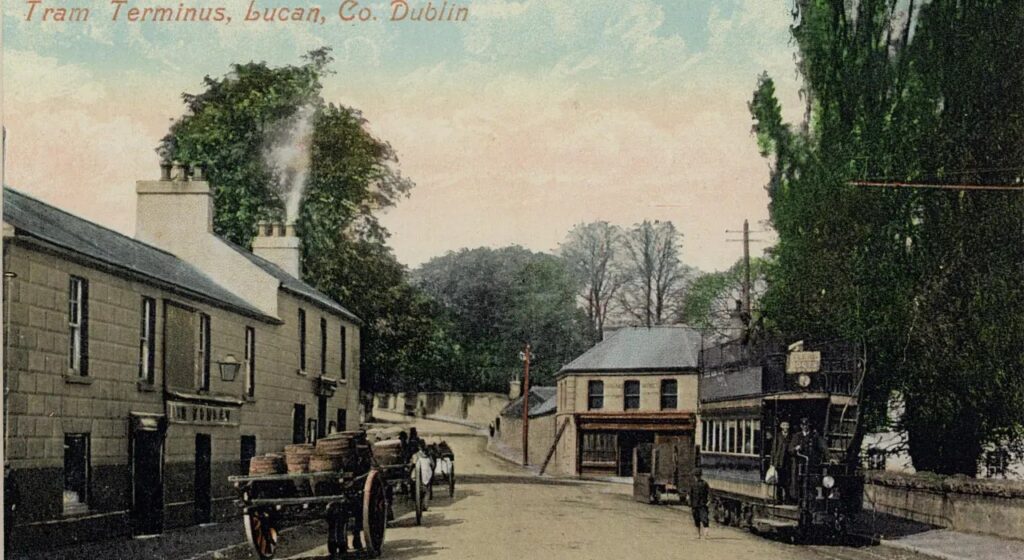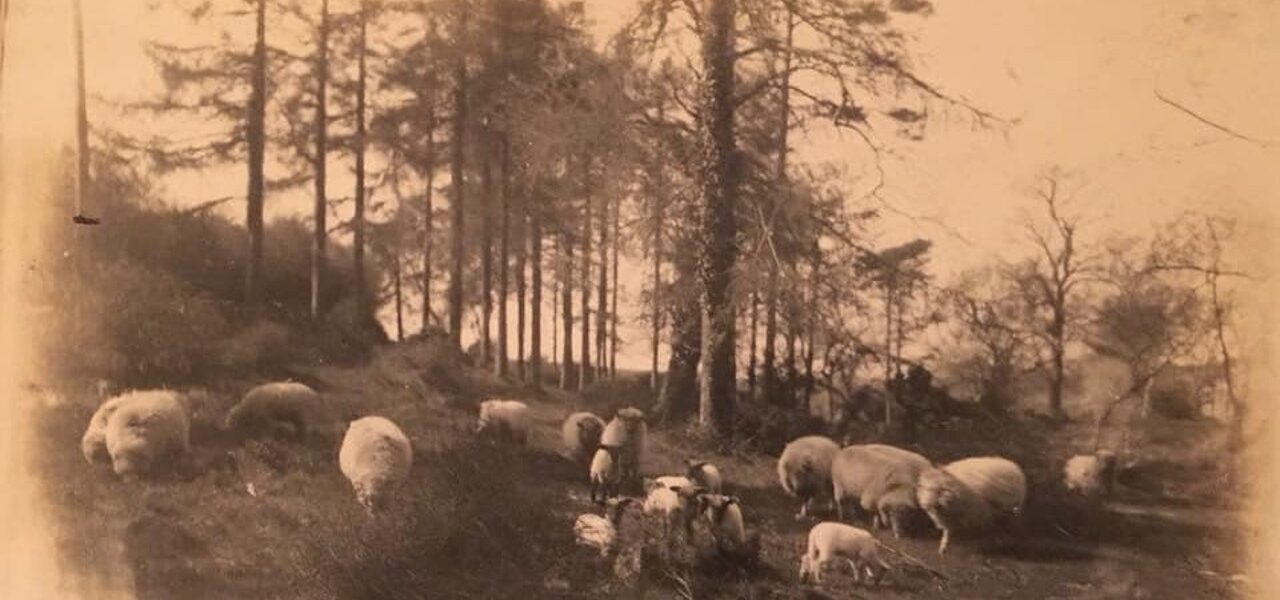Spring 1936 in Dodsboro Wood: A Glimpse into Lucan’s Past
The Photo above was taken by Holly Exley, my Uncle Roy Exley’s sister, they lived in Dodsboro during that time.
Dodsboro Wood, a idyllic place then where time stood still. There still retains traces of its lush woodland past. Today, the remnants of these ancient trees can be found nestled along Millstream Road and Woodview, right next to the picturesque Lucan Golf Club and the old Celbridge Road. As we explore this charming corner of Lucan, it’s fascinating to transport ourselves back to 1936 when this village was a rural oasis, nestled 8 miles away from the bustling heart of Dublin City, and home to just 837 residents.
Lucan in 1936 was a haven of tranquillity, a village blessed by its proximity to the rivers Liffey and Griffeen. It was a place where the pace of life matched the gentle flow of its rivers. Two prominent establishments, a woollen mill, and a flour mill, not only sustained the local economy but also added to the village’s rustic charm. These mills became a lifeline for many families in the area, providing both employment and a sense of identity to the community.
But Lucan was not only a hub of industry; it was also a renowned tourist destination in its own right. Visitors flocked from across Dublin, hopping onto the tram, the number 25, to reach Lucan and experience the village’s unique offerings. The main attraction was the Spa waters, believed to hold healing properties. Locals and visitors alike would come to partake in this age-old tradition, sipping the mineral-rich waters while basking in the serene atmosphere of Lucan Demesne.

The photo above show the tram stopped at the terminus at the Griffeen River Bridge. The building on the left is now Courtney’s of Lucan and the building straight ahead is now the Allied Irish bank. The Lucan tram was the only tram running during the 1916 rising according to the Freeman’s Journal 9th May 1916 – “This district has been favoured with a unique experience during the rising. It remained absolutely free from local disturbance, and owing to the energy and resource of Mr. Grosart, the manager, the Dublin and Lucan Electric Railway continued its service without interruption. The village and the Spa Hotel were crowded with visitors from all parts of Ireland […] ‘peace and plenty’ reigned in Lucan, disturbed only by the boom of the distant guns in the city and the glare at night of the conflagrations.”
The photo of Dodsboro Wood in Spring 1936 is a precious snapshot of that bygone era, taken by Holly Exley, sister of my Uncle Roy Exley, who was a resident of Dodsboro during that time.
As we gaze upon this photograph and reflect on Lucan’s past, we are reminded of the village’s transformation over the years. While modernity has brought change, Lucan with its enduring beauty, stands as a living relic of our villages rich history, connecting us to a simpler time when this village was a rustic gem tucked away on the outskirts of Dublin.
Today, Lucan may have grown and evolved, but the echoes of its past still resonate in the remnants of Dodsboro Wood, a place where the stories of old blend harmoniously with the present, reminding us of the timeless charm that defines our remarkable village.



